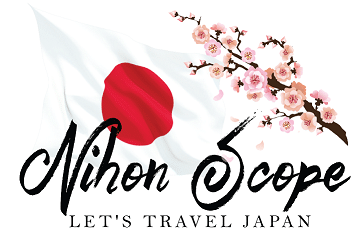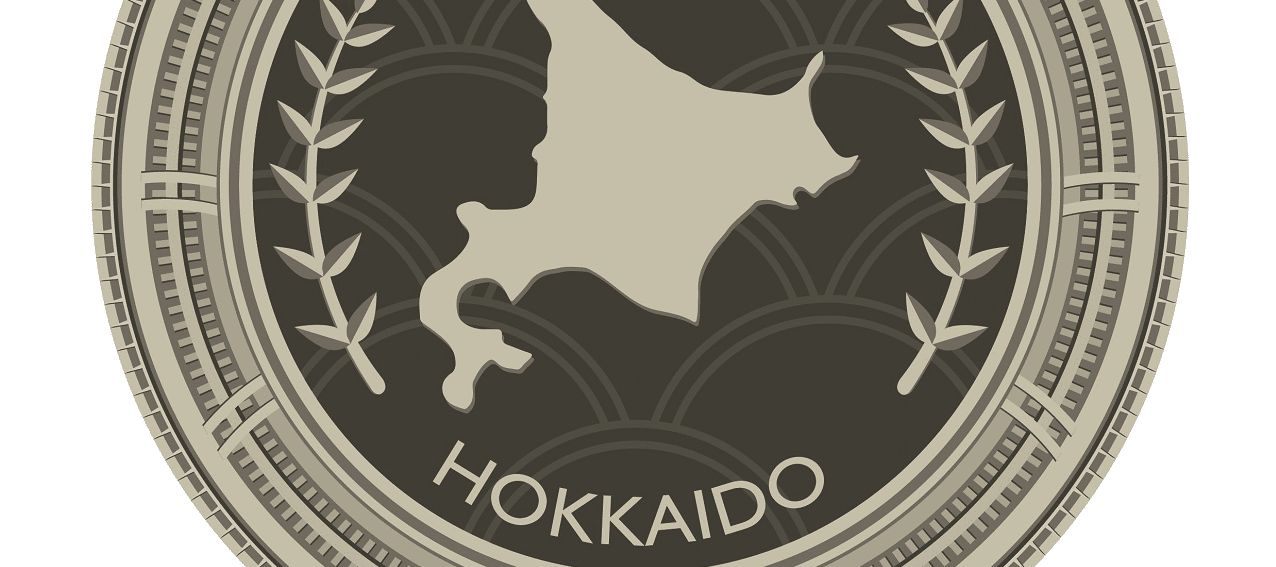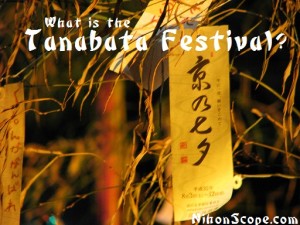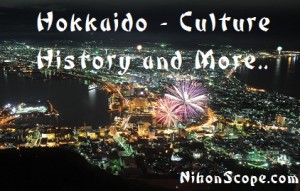 Hokkaido, Japan – History, Cities, Festivals, Food and more.
Hokkaido, Japan – History, Cities, Festivals, Food and more.
Hokkaido (北海道 Hokkaidō) is Japan’s most northern region island and it’s closest prefecture neighbor is Aomori which is at the very northern part of the island of Honshu. Hokkaido was first ‘stolen’ from the Ainu people and made as a Japanese land mass in 1869 right after the beginning of the Meiji period.
It’s hard to describe the history and the current state of what Hokkaido is without explaining who first lived on this northern island of Japan before even the Japanese themselves occupied the land of what is now known as Japan. The Ainu people were the indigenous people that first inhabited the lands of Japan.
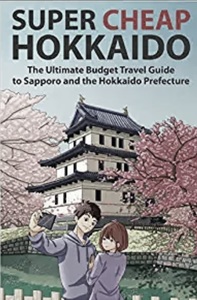
They are said to have come over from Russia long time ago when a frozen mass connected the island and Russia, and their ancestry has been said to stem back to the Jomon period, which is basically early man kind. I strongly recommend learning about the Ainu people, click here to learn more about Hokkaido the Ainu and where it’s been.
Hokkaido has been known as several names throughout history. Ezo, Yezo, Yeso and Yesso. It’s their second largest island of Japan and of course the most northern area of Japan before you get to the Kuril Islands and Russia. Hokkaido is separated from the island of Honshu of Japan by the Tsugaru Strait, but the two islands are now connected by an underwater railway called the Seikan Tunnel.
The main capital of Hokkaido is Sapporo, although there are several large cities in Hokkaido this is the only one that is ordinance-designated by the Japanese government. The Meiji period government had a tough decision to make when they came to renaming Hokkaido which was called Ezochi then.
They had a few choices when it came to renaming the island. They had Kaihokudo and Hokkaido, they of course decided to name the island Hokkaido, but they decided to write the kanji in a way to compromise between similar names then like Tokaido. But according to the Matsuura, the name Hokkaido was brought up because the Ainu people called the region Kai.
The food in Hokkaido is said to be some of the best seafood in the world. But the residents of Hokkaido have been able to manage growing crops on soil that’s been said to be hard to grow on because of all the activity with the volcanoes and the huge amount of volcanic ash that is in the area. But Hokkaido is known for garlic, potato’s and Japan’s largest grow area of corn.
It’s said that the seafood is so good though, that if you have any desire or liking of seafood, you should visit Hokkaido at least once in your life!
Hokkaido has a good amount of Earthquakes every year and also has active volcanoes such as:
Mount Meakan
Mount Tarumae
Mount Tokachi
Mount Usu
Mount Koma
But not everything in Hokkaido is a snowy mass or a volcano. The spring, summer and fall times of Hokkaido have a lot of beauty in them as well. In fact many come to Hokkaido during the summer months to come see the flower farms.
There are over 80 different flower farms or flower lands in Hokkaido that you can visit. Because of the unique summers Hokkaido has by not being too hot or too cold, it’s perfect for growing flowers, and because of this, Hokkaido has a huge tourist industry based solely off of Hokkaido’s flowers, and when the trees start to change in September for a festival called Momijigari. Click here to see the different Flower Lands in Hokkaido.
The wildlife in Hokkaido is extremely rugged being that it’s one of the roughest areas during the winter in the world. But, besides this rough wilderness it has more brown bear in the world then anywhere else in Asia. But it’s also known to have large amount deer and red crown crane that still live on the island. Some mountains will incur up to 400 inches of snow fall during the year and because of this Hokkaido is known for it’s snow sports.
There are several ski resorts in Hokkaido such as:
Hokkaido Festival:
Since it’s roots are in the winter, it’s not surprising to note that Hokkaido hosts several different festival during the Winter but host some famous Spring, Summer and Fall festivals as well:
| Sapporo Snow Festival | Asahikawa Snow Festival | Sounkyo Ice Festival |
| Chitose-Lake Shikotsu Ice Festival | Obihiro Ice Festival | Otaru Yukiakari no Michi (Snow Gleaming) |
| Showashinzan International Yukigassan (Snowball Fight) | Sounkyo Hyobaku (Ice Waterfall) Festival) | Otofuke Tokachigawa Swan Festival Sairinka |
| Abashiri Okotsk Drift Ice Festival | Lake Akan Ice Festival “Fuyu-hanabi” (Winter Fireworks) | Mombetsu Drift Ice Festival |
| Sapporo Lilac Festival | Hakodate Goryokaku Festival | Matsumae Cherry Blossom Festival |
| Non Key Land Moss Phlox Festival | Yosakoi Soran Festival | Hokkaido Shrine Festival |
| Sapporo Summer Festival | Pacific Music Festival | Otaru Ushio Festival |
| Lake Shikotsu Lake Water Festival | Hokkai Heso (Belly Button) Festival | Shiretoko Shari Neputa |
| Noboribetsu Hell Festival | Esashi Ubagami Daijingu Togyo Festival | Furano Wine Festival |
| Nemuro Crab Festival | Autumn Wine Festival | Momijigari (Leaf Watching) |
| Marimo Festival | Sapporo White Illumination | Hakodate Christmas Fantasy Festival |
Click here to learn more about these festivals.
The cities of Hokkaido are as followed:
| Abashiri | Akabira | Asahikawa |
| Ashibetsu | Bibai | Chitose |
| Date | Ebetsu | Eniwa |
| Fukagawa | Furano | Hokdate |
| Hokuto | Ishikari | Iwamizawa |
| Kitahiroshima | Kitami | Kushiro |
| Mikasa | Monbetsu | Muroran |
| Nayoro | Nemuro | Noboribetsu |
| Obihiro | Otaru | Rumoi |
| Sapporo | Shibetsu | Sunagawa |
| Takikawa | Tomakomai | Utashinai |
| Wakkanai | Yubari |
